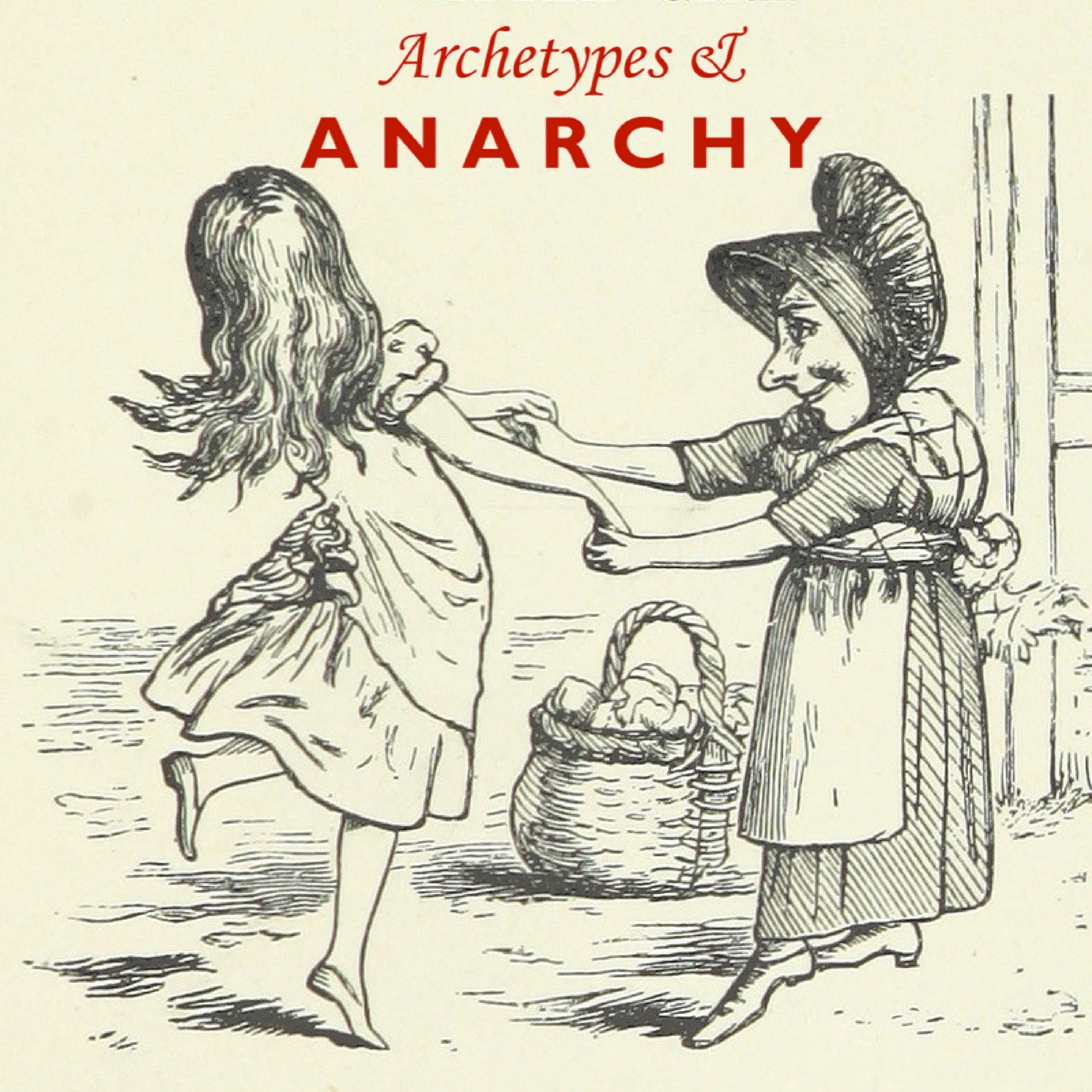In this episode, the second group of podcasters to record (The Fairytalers) talks about “Hansel and Gretel.”
SHOW NOTES
INTRODUCTIONS
Hi I’m Tate
I’m Ashley
And I’m Kylie
EPISODE TYPE
Today, we are talking about ‘Hansel and Gretel’, a popular German fairytale which was recorded and published by Jacob and Wilhelm Grimm in 1812. In this podcast we will be focused on different archetypes within the fairytale
STORY INFO
The Grimm’s heard Hansel and Gretel from a woman named Dortchen Wild who eventually became Wilhelm’s wife.
The Grimm brothers published this fairy tale in their collection of children’s and household tales which is also known as Grimm’s’ fairy tales. Hansel and Gretel is 15th in the publication which has a total of 201 fairytales.
The first archetype in this fairytale is the witch who represents a devil figure. She lures innocent kids into her house made out of candy. She seems, to the kids, like hope and promise but her intentions are, in reality, selfish and hurtful.
The father is an archetype for inner conflict because even though he loved his kids and did not want to leave them alone in the woods, he still went through with it. This shows the struggle humans face between doing what is morally appropriate and doing what selfishly benefits them.
One last archetype we found in Hansel and Gretel was the trail. The trail represents a quest that the kids must go through as well as their loss of innocence. This trail helps the children to mature and learn more about the world around them. You notice that in the end it was Gretel who saved Hansel whereas at the beginning of the story Hansel was the one who protected Gretel. This signifies the maturation of Gretel while also symbolizing the loss of her innocence.
CULTURAL AND HISTORICAL BACKGROUND
The Grimm brothers first heard this fairytale in 1812, however some historians suspect that the fairytale originated around 1315 which was the same time Europe was going through the Great Famine.
The Great Famine occurred in Europe and was the first large scale crisis that affected the majority of Europe. It is the ninth deadliest disaster in the history of Great Brittan, therefore, historians believe that the tale of Hansel and Gretel was based off the great famine because so many families and people, especially children, were desperate for food.
There, however, are other folklorists who believe that Hansel and Gretel was told to represent children outwitting ogres, which were large monsters. One of the last speculations from folklorists is that Hansel And Gretel represents a rite of passage because the children have to go on a journey to be viewed differently.
Breadcrumbs is a word used throughout the story that is culturally significant because it is now a navigational term that means users use a series of documents to create a trail so they can keep track of their previous locations. Hansel and Gretel was also made in to an opera which is now considered to be one of the most important operas in German history.
PERFORMANCE OF THE STORY
CLOSE READINGS
CITATIONS
“Hansel and Gretel Story History and Origins.” Pook Press. Accessed April 16, 2018. http://www.pookpress.co.uk/project/hansel-and-gretel-history/.
“Hansel and Gretel.” Grimm 015: Hansel and Gretel. Accessed April 16, 2018. https://www.pitt.edu/~dash/grimm015.html.
